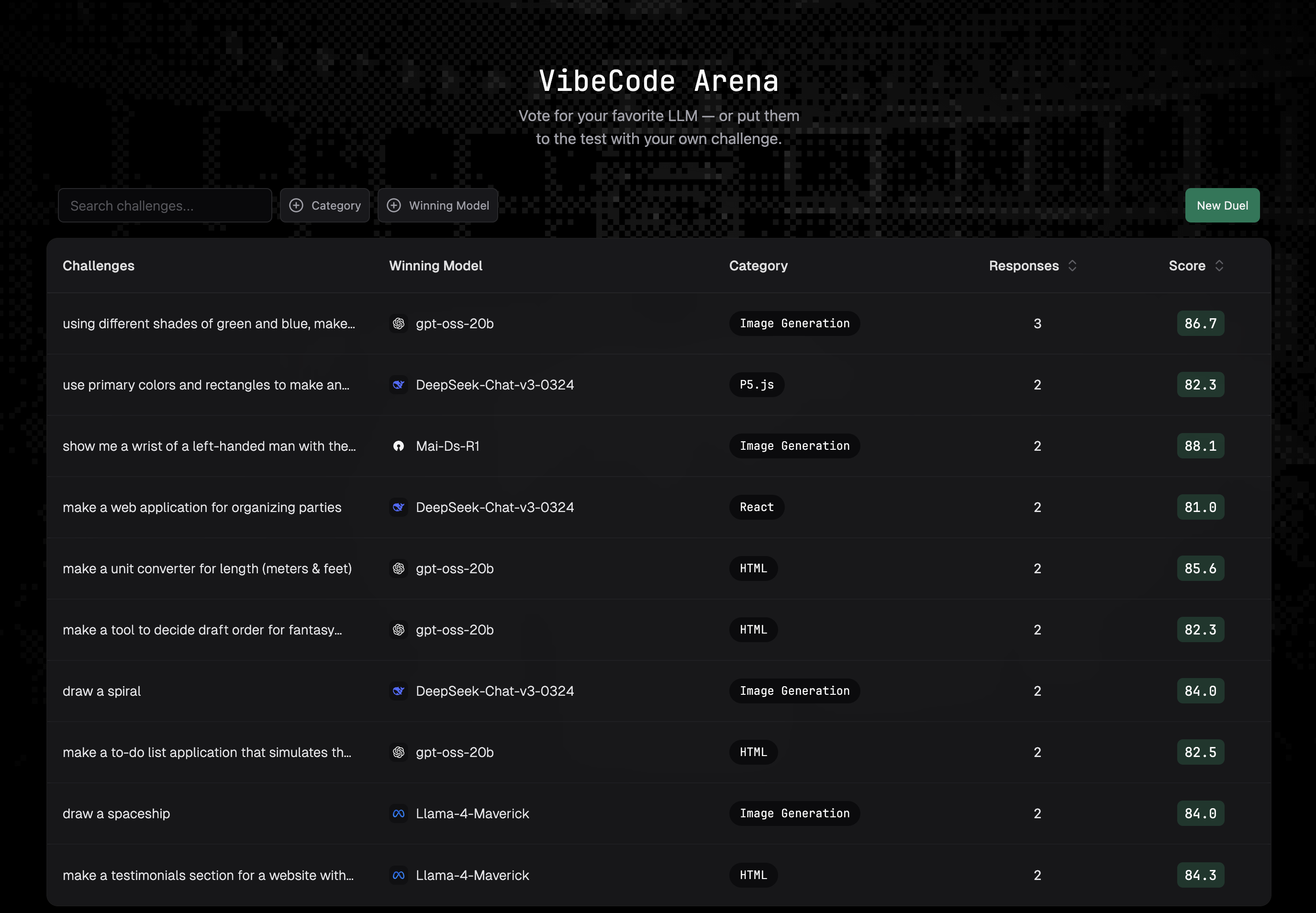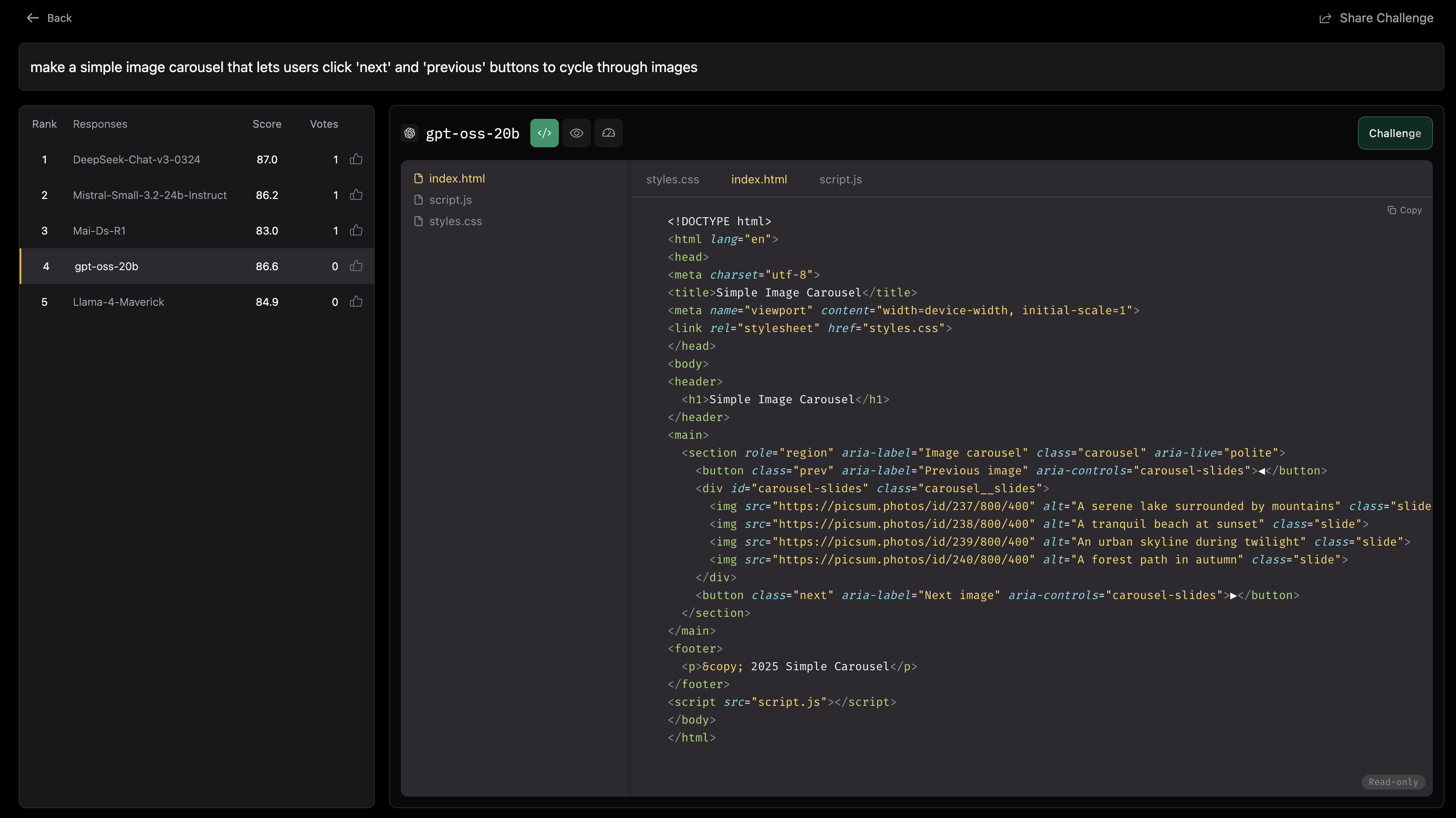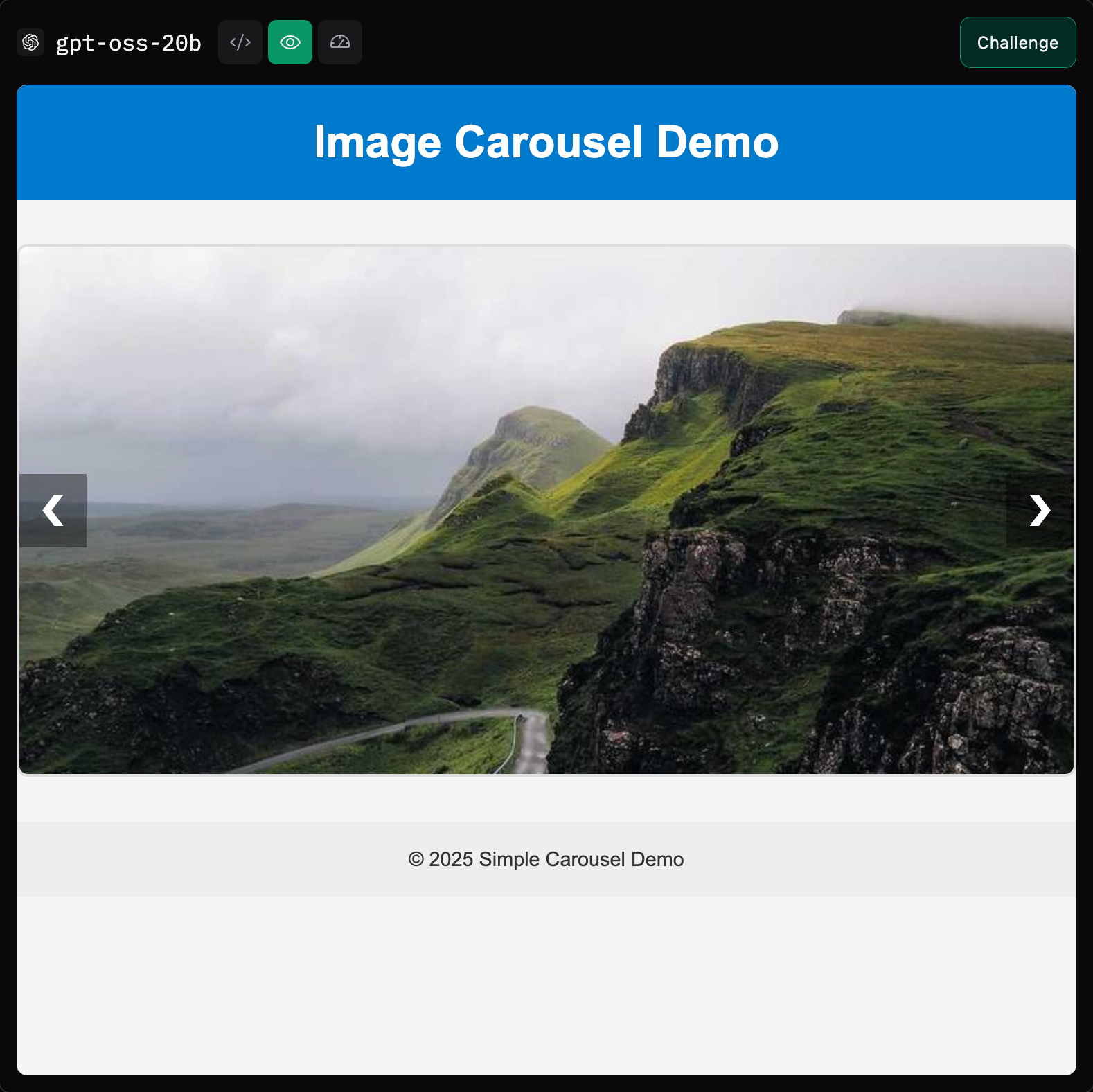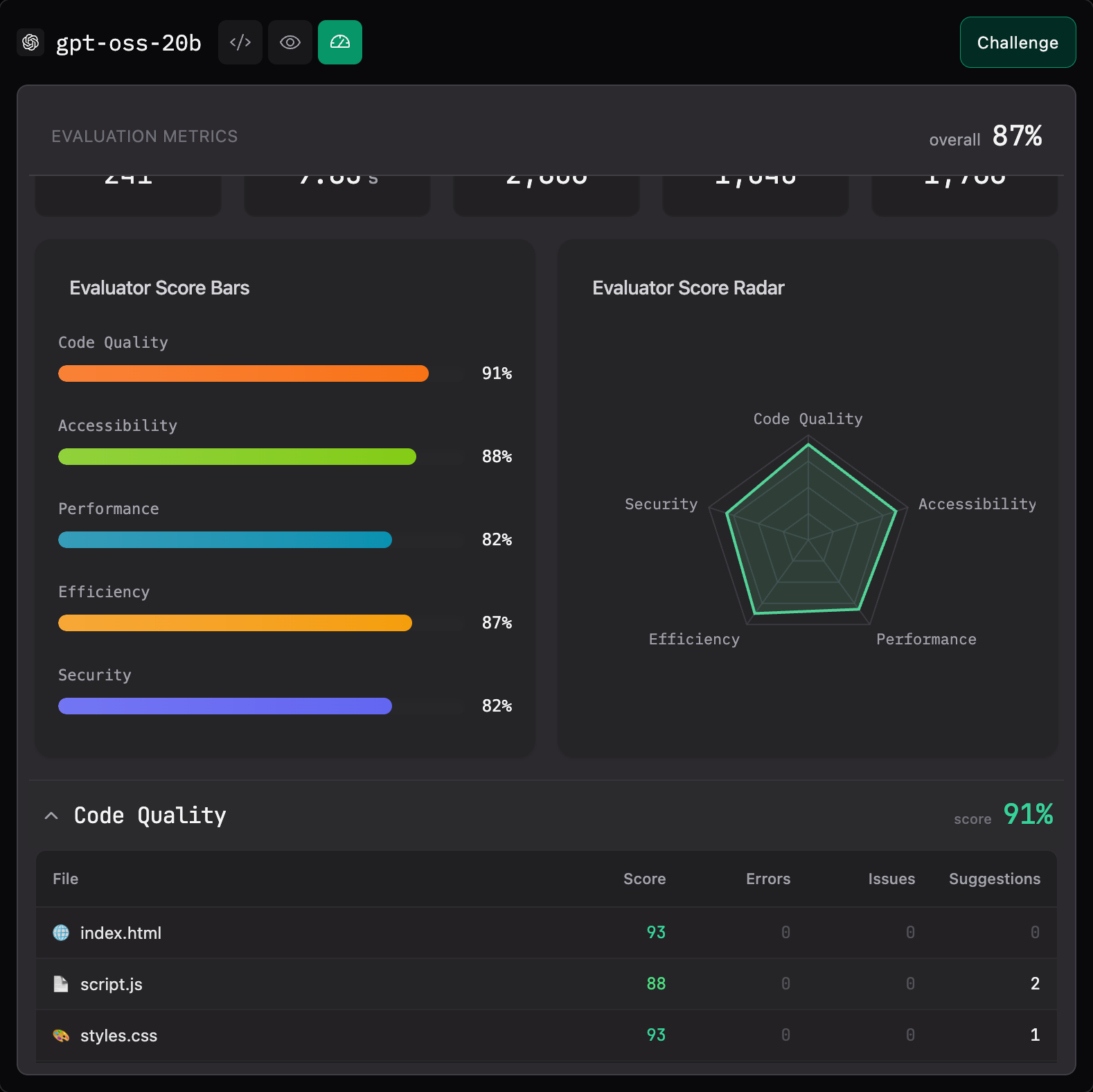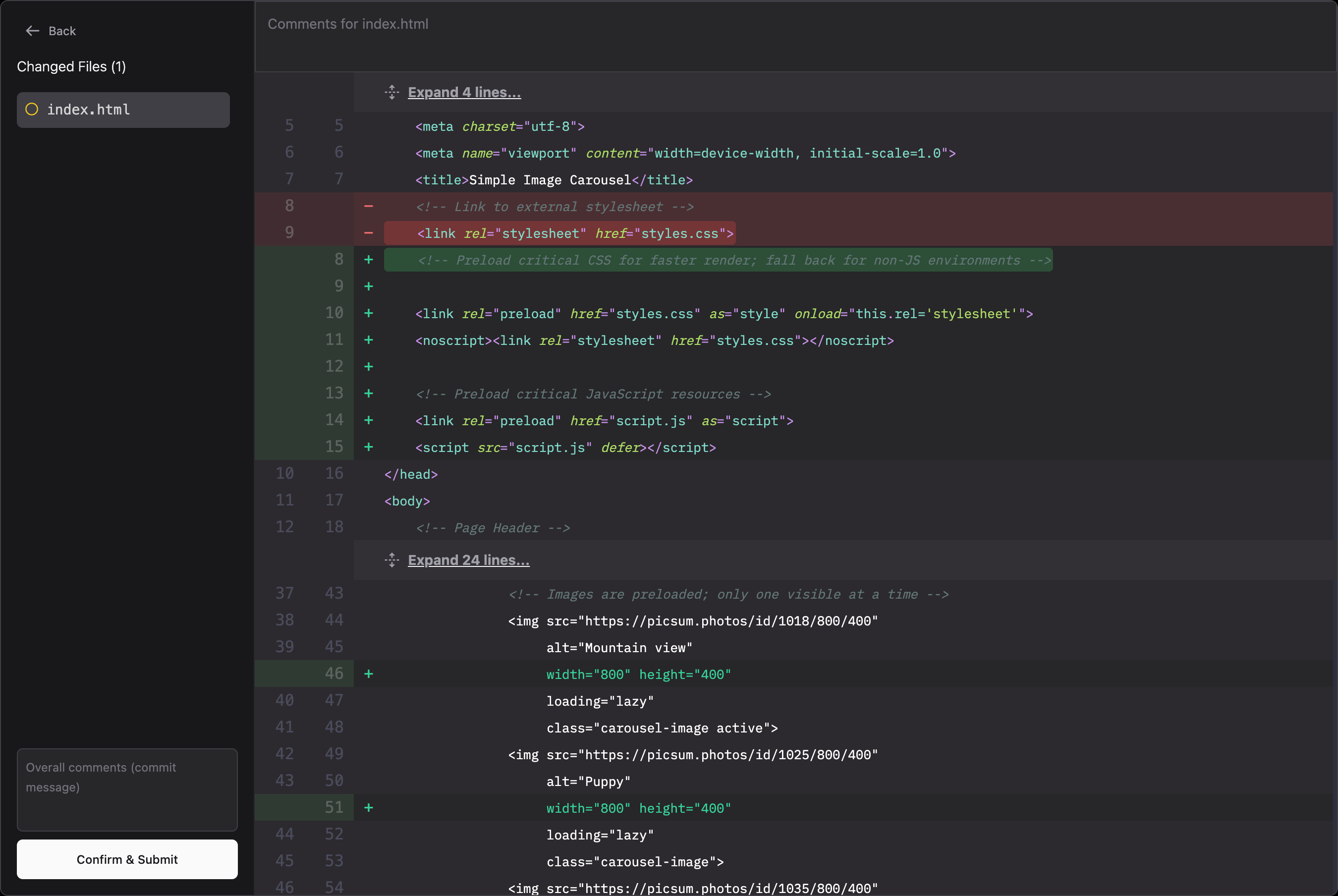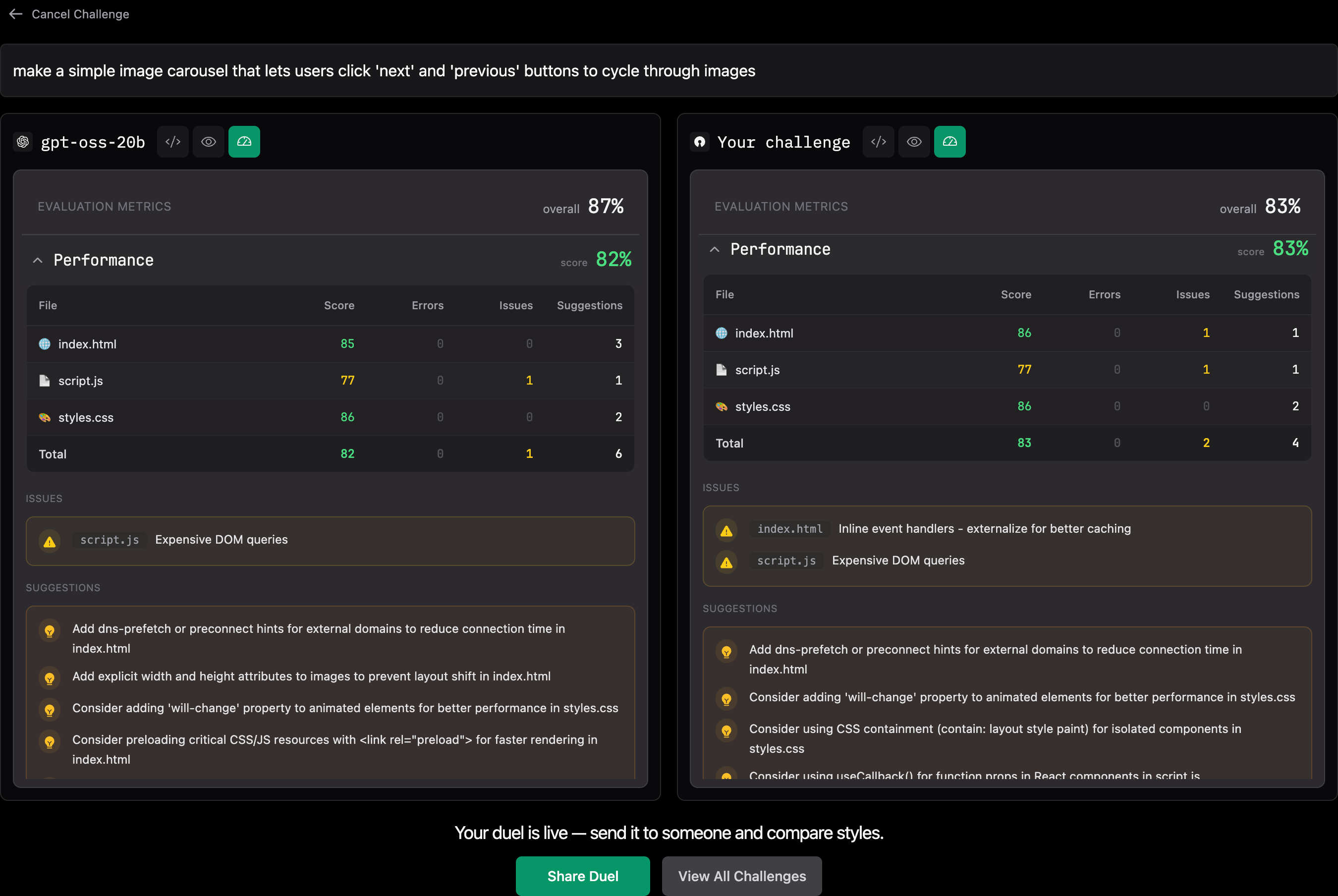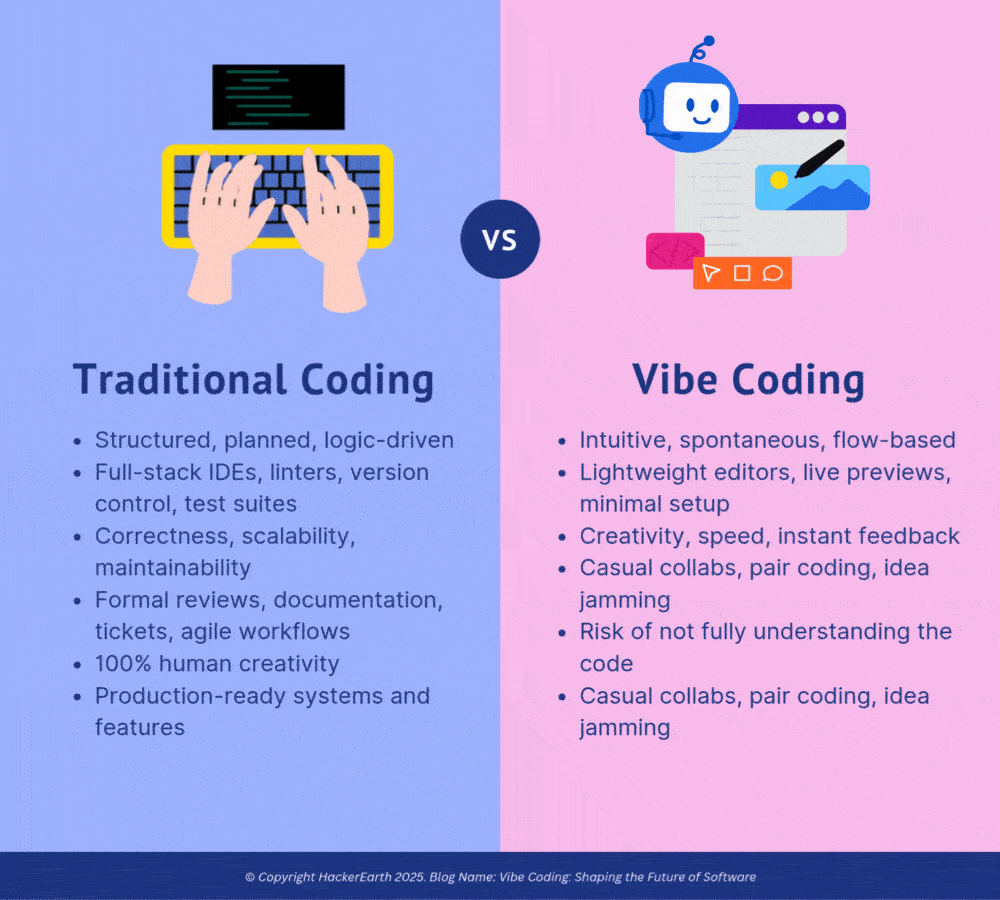Former employees who return to work with the same organisation are essential assets. In talent acquisition, such employees are also termed as ‘Boomerang employees’. Former employees are valuable because they require the least training and onboarding because of their familiarity with the organization’s policies. Rehiring former employees by offering them more perks is a mark of a successful hiring process. This article will elaborate on the talent acquisition strategies for rehiring former employees, supported by a few real-life examples and best practices.
IBM: The tech giant has embraced boomerang hiring by actively reaching out to former employees who possess critical skills in emerging technologies. IBM has found that these individuals often bring fresh perspectives that contribute significantly to innovation7.
Zappos: Known for its strong company culture, Zappos maintains an alumni network that keeps former employees engaged with the brand. This connection has led to numerous successful rehiring instances, enhancing both morale and productivity within teams6.
As organizations continue navigating an ever-changing workforce landscape, embracing boomerang employees may be key to building resilient teams equipped for future challenges. By recognizing the potential benefits and following best practices outlined above, businesses can create a robust strategy for rehiring that enhances both employee satisfaction and organizational performance.
Why Should Organizations Consider Rehiring?
One of the best ways of ensuring quality hire with a low candidate turnover is to deploy employee retention programs like rehiring female professionals who wish to return to work after a career break. This gives former employees a chance to prove their expertise while ensuring them the organization’s faith in their skills and abilities. Besides, seeing former employees return to their old organizations encourages newly appointed employees to be more productive and contribute to the overall success of the organization they are working for. A few other benefits of rehiring old employees are listed below.Reduced Hiring Costs
Hiring new talent incurs a few additional costs. For example, tasks such as sourcing resumes of potential candidates, reaching out to them, conducting interviews and screenings costs money to the HR department. Hiring former employees cuts down these costs and aids a seamless transition process for them.Faster Onboarding
Since boomerang employees are well acquainted with the company’s onboarding process, they don’t have to undergo the entire exercise. A quick, one-day session informing them of any recent changes in the company’s work policies is sufficient to onboard them.Retention of Knowledge
As a former employee, rehired executives have knowledge of the previous workflows and insights from working on former projects. This can be valuable in optimizing a current project. They bring immense knowledge and experience with them which can be instrumental in driving new projects to success.Starbucks is a prime example of a company that has successfully leveraged boomerang employees. Howard Schultz, the company's CEO, left in 2000 but returned in 2008 during a critical time for the firm. His leadership was instrumental in revitalizing the brand amid financial challenges.Best Practices for Rehiring Former Employees
Implementing best practices is the safest way to go about any operation. Hiring former employees can be a daunting task especially if it involves someone who was fired previously. It is important to draft certain policies around rehiring former employees. Here are a few of them that can help you to get started.1. Create a Clear Rehire Policy
While considering rehiring a former employee, it is essential to go through data indicating the reason why they had to leave in the first place. Any offer being offered must supersede their previous offer while marking clear boundaries to maintain work ethics. Offer a fair compensation that justifies their skills and abilities which can be major contributors to the success of the organization. A well-defined policy not only streamlines the rehiring process but also promotes fairness within the organization.2. Conduct Thorough Exit Interviews
Exit interviews provide valuable insights into why employees leave and can help maintain relationships for potential future rehires. Key aspects to cover include:- Reasons for departure.
- Conditions under which they might consider returning.
- Feedback on organizational practices.
3. Maintain Connections with Alumni
Creating and maintaining an alumni association must be an integral part of HR strategies. This exercise ensures that the HR department can find former employees in times of dire need and indicates to former employees how the organization is vested in their lives even after they have left them. This gesture fosters a feeling of goodwill and gratitude among former hires. Alumni networks and social media groups help former employees stay in touch with each other, thus improving their interpersonal communication.Research indicates that about 15% of rehired employees return because they maintained connections with their former employers.4. Assess Current Needs Before Reaching Out
Before reaching out to former employees, assess all viable options and list out the reasons why rehiring is inevitable. Consider:- Changes in job responsibilities since their departure.
- Skills or experiences gained by other team members during their absence.
5. Initiate an Honest Conversation
When you get in touch with a former employee, it is important to understand their perspective on the job being offered. Make them feel heard and empathize with any difficult situations they may have had to face during their time in the organization. Understand why they would consider rejoining the company. These steps indicate that you truly care about them and fosters a certain level of trust between them and the organization which can motivate them to rejoin with a positive attitude.6. Implement a Reboarding Program
When a former employee rejoins, HR departments must ensure a robust reboarding exercise is conducted to update them about any changes within the organization regarding the work policies and culture changes, training them about any new tools or systems that were deployed during their absence and allowing them time to reconnect with old team members or acquaint with new ones.7. Make Them Feel Welcome
Creating a welcoming environment is essential for helping returning employees adjust smoothly. Consider:- Organizing team lunches or social events during their first week.
- Assigning a mentor or buddy from their previous team to help them reacclimate.
- Providing resources that facilitate learning about any organizational changes.
Real-Life Examples of Successful Rehiring
Several companies have successfully implemented these strategies:IBM: The tech giant has embraced boomerang hiring by actively reaching out to former employees who possess critical skills in emerging technologies. IBM has found that these individuals often bring fresh perspectives that contribute significantly to innovation7.
Zappos: Known for its strong company culture, Zappos maintains an alumni network that keeps former employees engaged with the brand. This connection has led to numerous successful rehiring instances, enhancing both morale and productivity within teams6.
Conclusion
Rehiring former employees can provide organizations with unique advantages, including reduced costs, quicker onboarding, and retained knowledge. By implementing strategic practices—such as creating clear policies, maintaining connections, assessing current needs, and fostering welcoming environments—companies can effectively tap into this valuable talent pool.As organizations continue navigating an ever-changing workforce landscape, embracing boomerang employees may be key to building resilient teams equipped for future challenges. By recognizing the potential benefits and following best practices outlined above, businesses can create a robust strategy for rehiring that enhances both employee satisfaction and organizational performance.








